Fiona Cummins led a walk from South Stoke on the morning of Wednesday 16th August, starting from the car park of the Perch and Pike. Regrettably the pub had closed a few weeks earlier. The walk started out northwards, along a footpath between two houses, passing Elder bushes which already carried their crop of shiny black berries. The path led out into a field with long grass and a wide selection of flowers, including Ragwort, Great Willowherb, Field Scabious, Hop Trefoil, Common Centaury and Wild Teasel. A stripy yellow and black caterpillar of the Cinnabar moth was spotted down on the path, a small rose bush was covered in Robin’s Pincushion galls and a Ruddy Darter dragonfly was seen. Gatekeepers were the commonest butterflies, but there were also many tiny Brown Argus butterflies and a few Common Blues, Meadow Browns, Small Whites and Peacocks.. The footpath led to a tunnel beneath the railway line. On the wall at the entrance to the tunnel were a number of Maidenhair Spleenwort plants, while on the other side, was a Pale Toadflax plant in flower. The next field again had the flowery long grass, together with many small willows of a similar height and age which may have been planted. Flowers seen here included Bristly Ox-tongue, Common Bird’s-foot-trefoil, Gypsywort and Corn Mint, A tangle of purple Tufted Vetch and yellow Meadow Vetchling had attracted many bees and butterflies and a Kestrel was seen. The next field had been split in two by a new barbed wire fence which followed the line of the footpath. A herd of black cattle were grazing in the field to the right of the fence, and the footpath had been diverted via two stiles to the left side of the fence. In contrast to the previous fields, the grass was almost completely devoid of flowers, apart from one dandelion and 2 specimens of Creeping Buttercup. The footpath led to Little Stoke. Along the top of an old wall were the seed cases of Long-headed Poppy. The next lane led north-eastwards for a short distance before turning west to follow a track which led down to the east bank of the Thames. At the junction between the lane and the track, a big patch of Dwarf Elder was in flower, with the white flower heads showing their distinctive purple anthers. Further on, a Grey Wagtail was seen next to a puddle in the track. An Artist’s Bracket fungus Ganoderma applanatum near the base of a Horse Chestnut tree had a few small black protuberances on its pale underside which were early signs of the presence of the gall-forming Yellow Flat-footed Fly.
Continuing to the river bank, there were many small fish in the shallows at the edge of the river. Turning left, the route then followed the east bank of the Thames southwards. A Brown Hawker dragonfly perched on a plant stem. It had brown wings, two blue dots at the base of the abdomen and blue-tinted eyes. Migrant Hawker dragonflies and Banded Demoiselle damselflies were also seen on the bankside vegetation. A Blood-vein moth was disturbed. It had cream coloured wings, with a red line running from corner to corner. Tall riverside flowers included Purple Loosestrife, Meadowsweet, Great Willowherb, Wild Angelica, Hemp-agrimony and Marsh Woundwort. The intricate brickwork of the bridge which carried the railway over the River Thames was much admired. As well as the usual violet-blue flowered specimens, there was a single white-flowered Meadow Crane’s-bill plant beside the path. Upright Hedge-parsley, Water Mint and Orange Balsam were also seen near here, as was a Brimstone butterfly. Swallows swooped across the riverside fields and three Buzzards flew calling over the far side of the field. A shady lane with Speckled Wood butterflies led back to South Stoke. In the village, a sunny wall covered in flowering ivy was humming with insect life, including Honey Bees, other bees, wasps, hoverflies and a Holly Blue butterfly. Most of the group then drove or cycled to Streatley for lunch at the Bull.
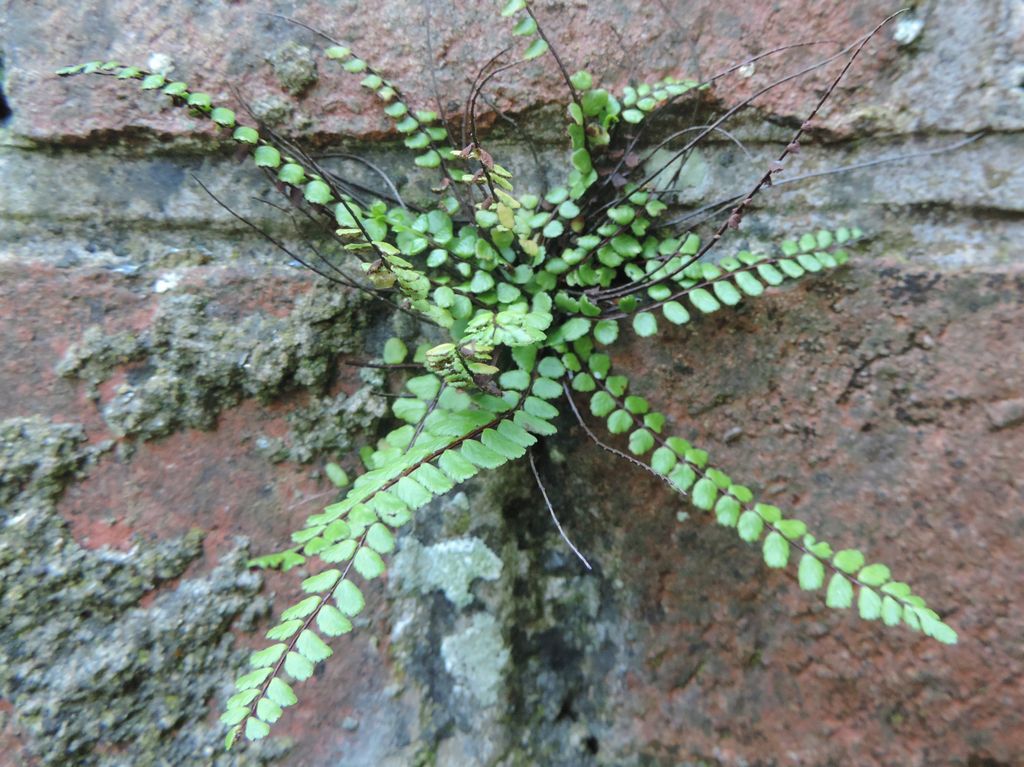
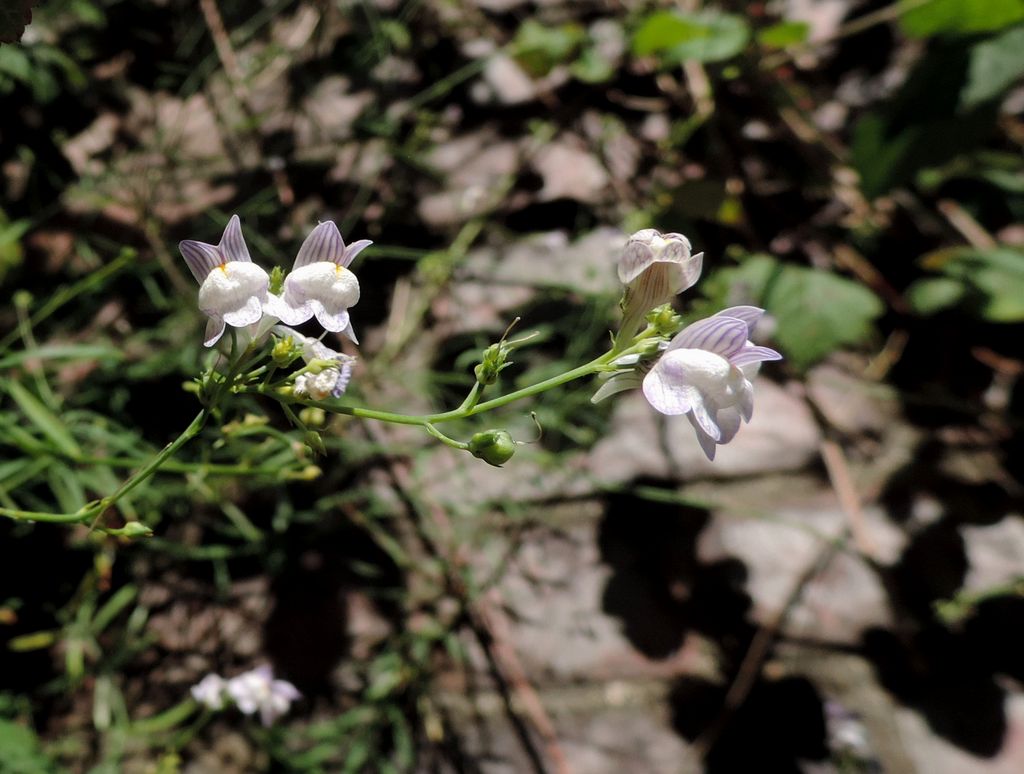
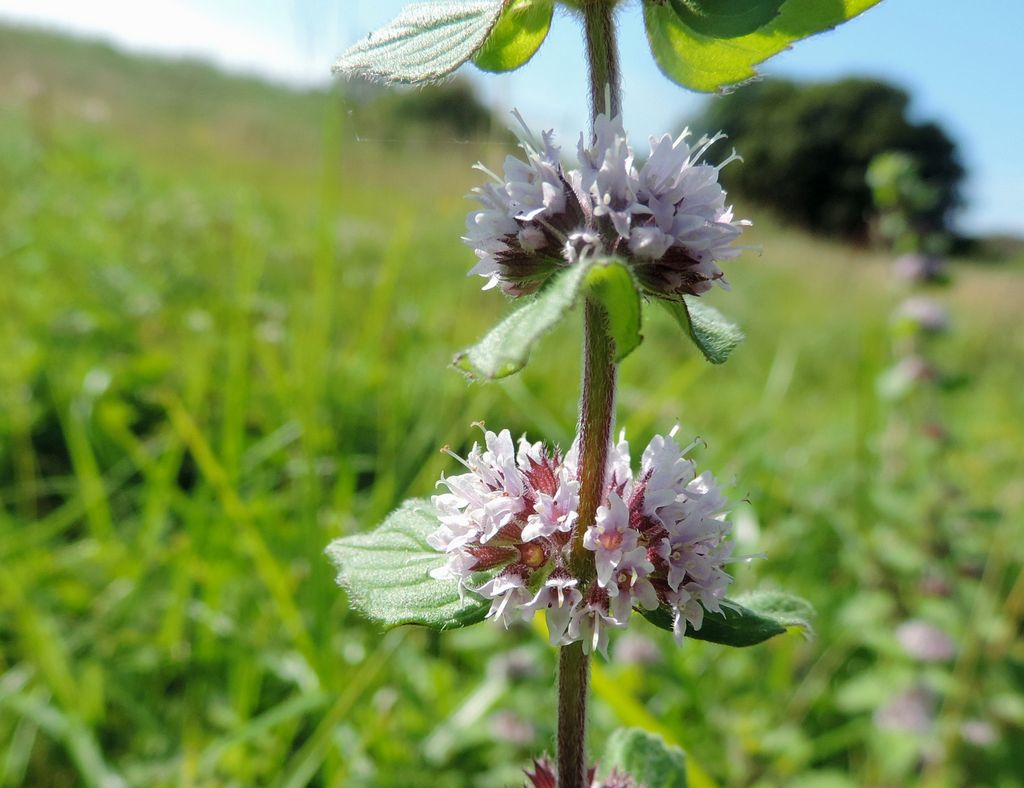
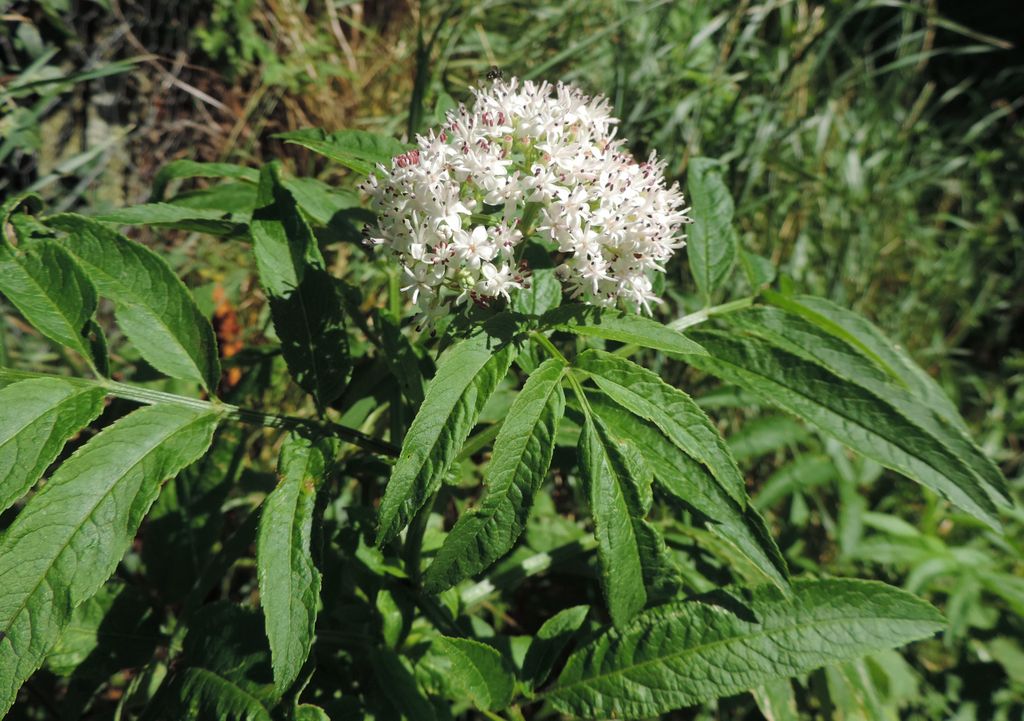
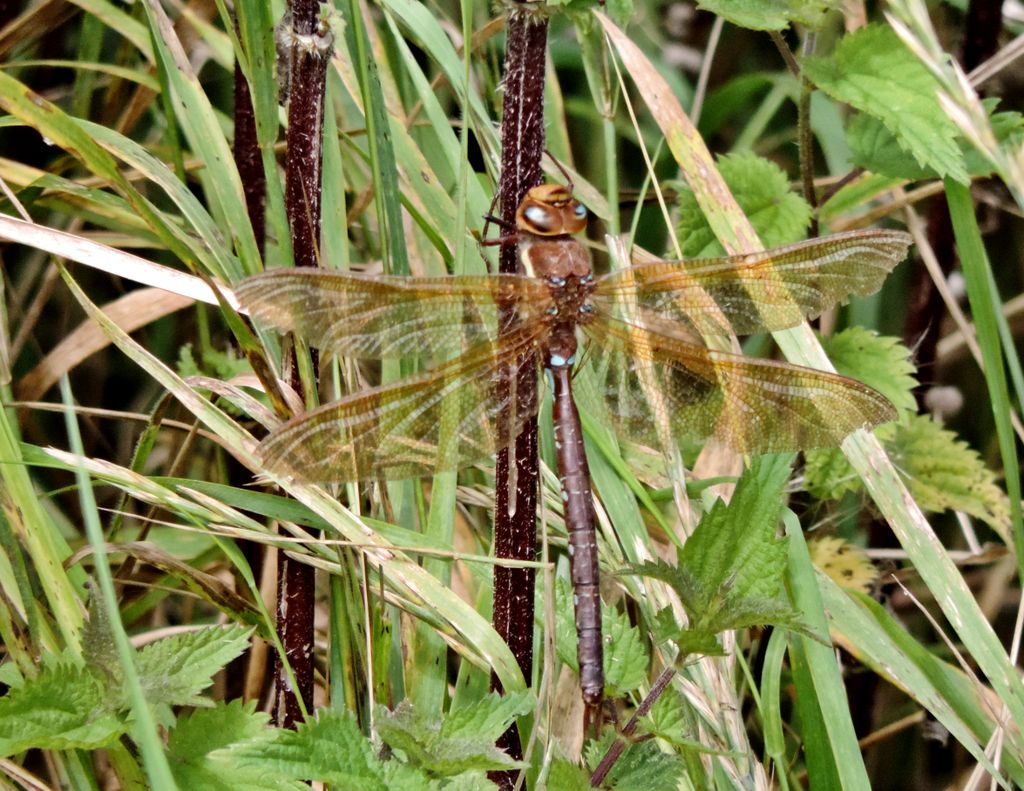
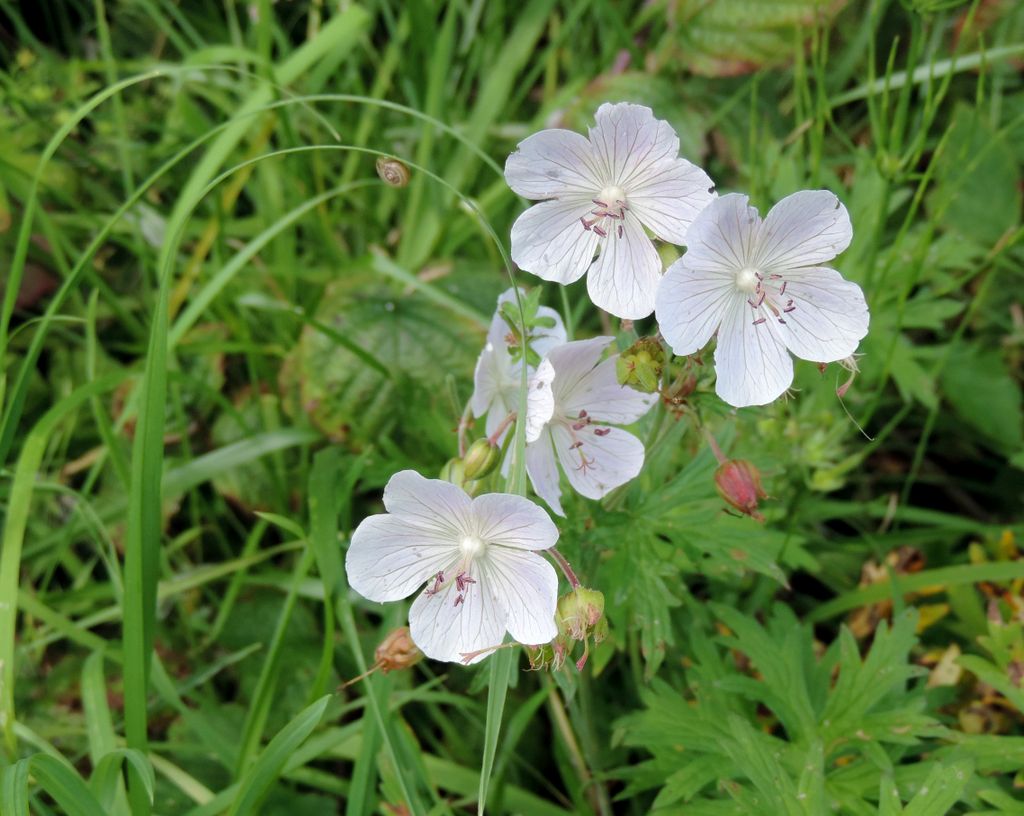
Picctures by Rob Stallars
